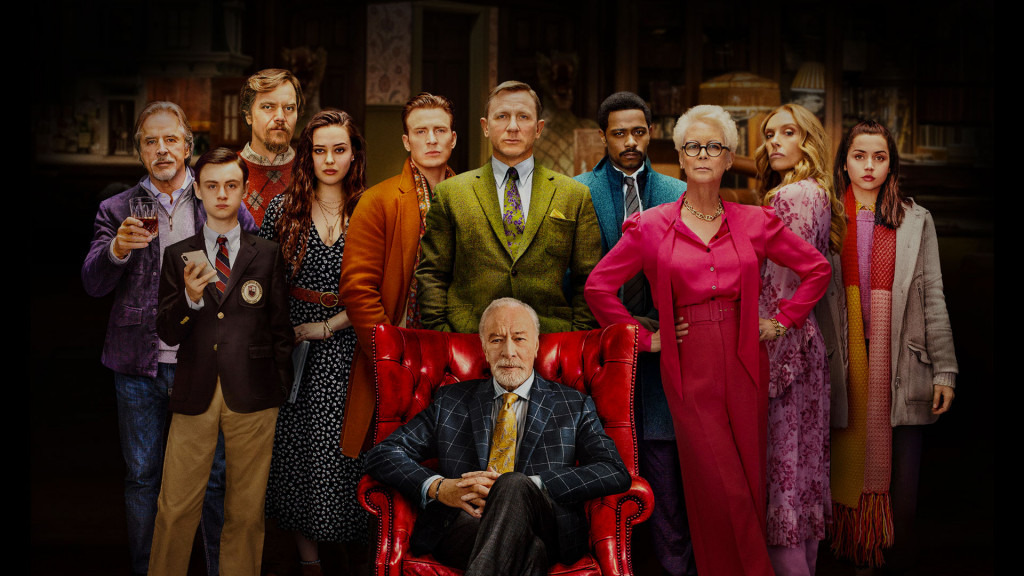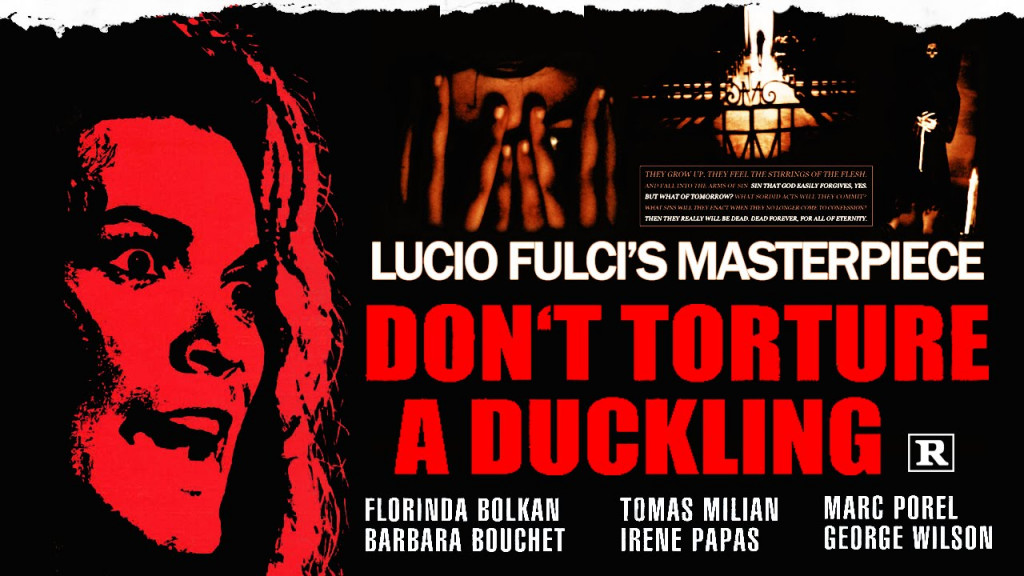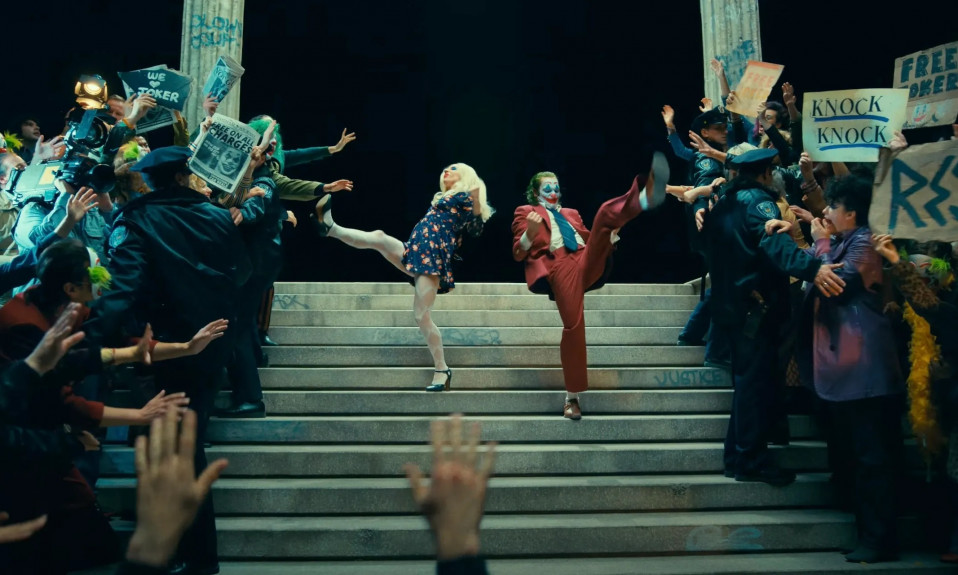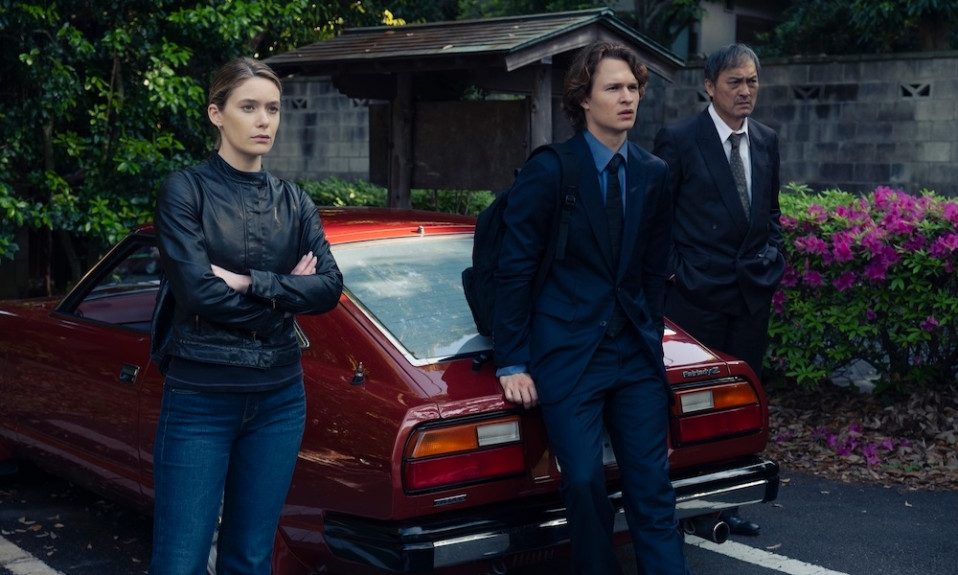The murder mystery has long been a cinema and TV staple. But the success of Murder on the Orient Express (2017) and Knives Out has seemingly led to a genre resurgence. So it’s time to learn more about the cinematic whodunit.
Today, we will analyse the common elements of murder mystery films, how the genre has changed over time, how the detective archetype has contributed to the genre’s popularity, and provide you with some great mystery films to watch.
Making A Murder Mystery
Generally, a murder mystery focuses on the investigation of a murder/series of murders, committed during the opening act. A detective (professional/private/amateur), or someone else, will try to solve the case. Throughout the story evidence about the killer’s motives and identity is compiled through crime scene examinations and hearing testimony from the supporting cast, (with several red-herrings trying to fool the audience). The film will end with the killer’s/killers’ identity being revealed. Chiefly the genre invites audiences to guess the murderer’s identity, using the evidence before the reveal.
The Little Things
Despite the genre’s common narrative elements still being prominent, not everything remains the same. The murder mystery formula has been used to tell many different stories in different styles since its inception. From period adaptations of Arthur Conan Doyle and Agatha Christie’s work to seedy film noirs, fluffy comedic capers, spectacular action thrillers, disgusting horror thrillers, giallos, and more. It’s a genre that has proven it can be used to tell any story.
And the genre has continually updated itself. Not just by using increasingly modern crime-solving techniques and technology in their stories, but also by changing its attitudes and content. For example, after the release of Psycho, based on Ed Gein’s crimes, the genre began to further explore the killer’s mindset and the impact of their crimes. This, coupled with censorship relaxation, led to a greater emphasis on violence, sex, and psychological analysis. Making the genre feel more true to life. The genre has equally been willing to critique and break its own rules. Sometimes films will have the killer not be caught or identified and even the detectives have been shown as villainous or corrupt, again making the genre feel more real.
This infinite malleability with such a simple formula allows creatives a huge canvas to play with. And it gives audiences something comfortably familiar but never wholly the same. It’s easy to understand why the genre has stuck around.
Poirot to Blanc
Interestingly the new wave of cinematic whodunit’s use of the detective exemplifies the genre’s comforting familiarity while also being modern in its implementation.
Investigators like Hercule Poirot (Murder on the Orient Express (2017) and Death on the Nile (2022)), Benoit Blanc (Knives Out), and Inspector Stoppard (See How They Run) feel like classic gentlemen sleuths and hard-boiled detectives. They have their familiar attitudes, as well as the star power expected from the genre. Kenneth Branagh, Daniel Craig, and Sam Rockwell play each character respectively. And they serve as our good-humoured guides through the investigation. Allowing us to not become overwhelmed by the murder’s morbidity.
But these figures also offer a lot to modern audiences. Poirot and Blanc offer an authoritative figure not tied in with the bad practices of the police. Which has received understandable derision lately. They are also a lot more sympathetic when listening to the perspectives of suspects. For example, Blanc ultimately helps Marta to prove her innocence. Both offer relief from concerns about policing. And while Stoppard is a police detective his surly nature shows that this life is not a happy one. Thus some can argue acting as a critique of the detective role.
Ultimately the use of familiar genre staples for whodunit detectives allows audiences to easily become invested with the mystery. But they can also serve as a great springboard to tackle many different questions about our relationship with the law. Thus giving audiences more to engage with.
And Then There Were Many
To conclude our look into the murder mystery genre here are some great examples for you to watch:
Historical: The Hound of The Baskervilles (1939)

Contemporary: Knives Out

Noir: The Third Man

Neo-Noir: Memento

Giallo: Don’t Torture A Duckling

True Crime: Zodiac

Also Read: Seven Creative Movies Dealing With Memory Loss













